A work conversation sparked these. Then I just got curious.
Studio Ghibli’s movies are always described as “colorful” but it’s interesting what that really means. Like with a lot of things, less is so often more.
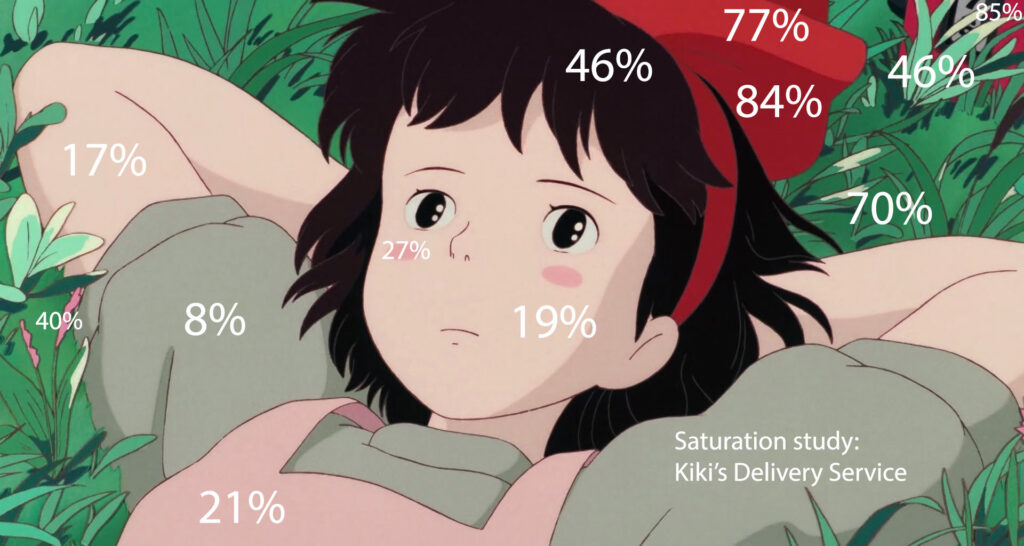
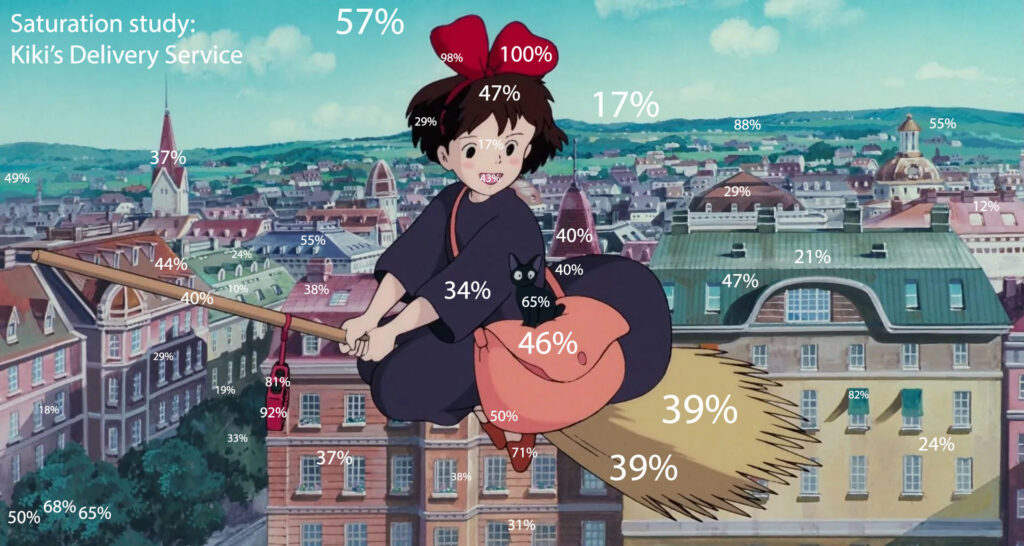
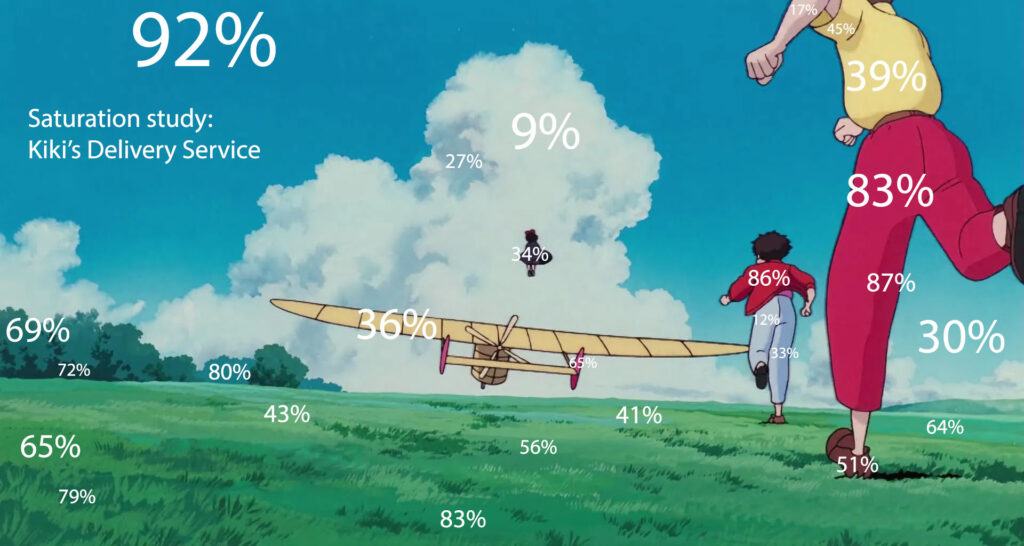

Cinematic/tech artist & filmmaker. Online since 1999.
We found our audience. Troy Minkowsky’s “The Garden (1910)” was requested for this year’s Shawna Shea, and took home Best Experimental Short! Audience feedback was across the board praise for Troy’s touching, funny and challenging retelling of the Adam and Eve myth.
I was DP and Co-Producer on this 30 minute film, shooting on a pair of iPhones and producing the digital+practical special effects. It was an enormous but fun challenge, working out first how a magician from the early 20th Century would have accomplished the shot, then how I’d fake it–with a mix of puppets, green screen, miniatures, CGI and composites. We simulated manually cranked film with hand coloring in Blackmagic Fusion. It was film nerd heaven.
Big congratulations also go out to Miriam Olken, who took home a Spirit Award for her screenplay “Jaw” the same night. Olken served as my Assistant Director on “The Leaves.” It’s fantastic to see someone so talented getting real recognition.
If you haven’t seen the film yet, it’s available on Vimeo. (Free login required, due to non-sexual nudity.) And yeah, that was me at far right–God’s only angel with a goatee.
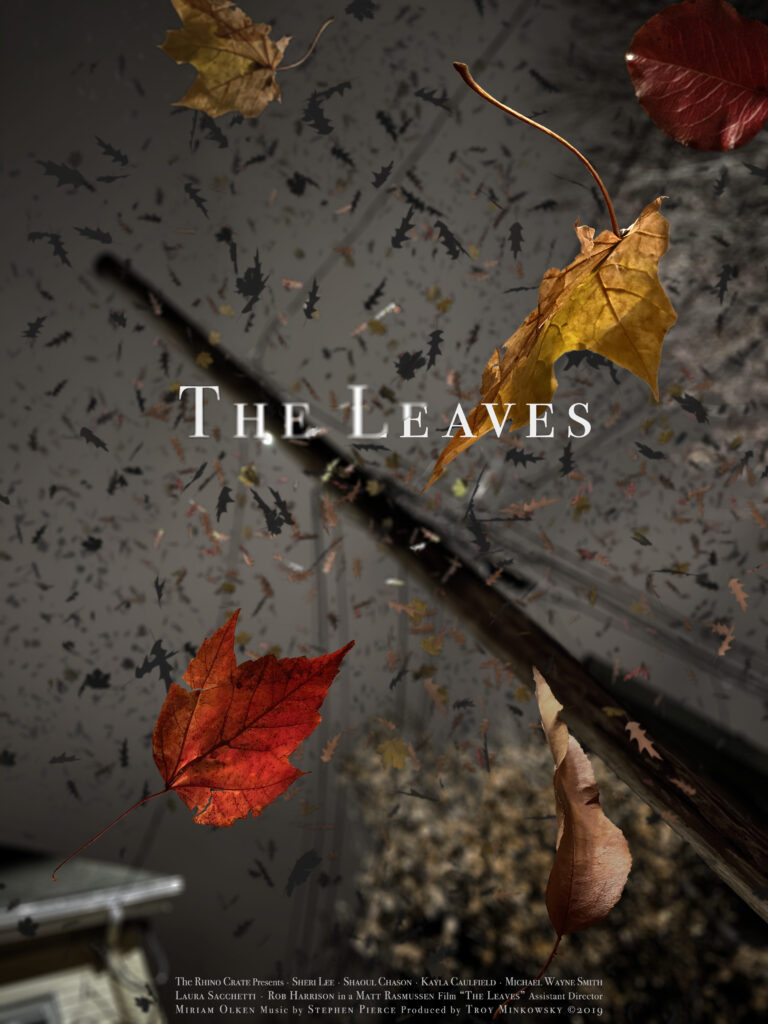
If you’re in the Boston area Sunday, February 8, be sure to catch the world premier at the Boston Sci-Fi Film Festival.
I love making stuff. The films I get involved with always seem to result in fun builds. It’s possible I’m getting my priorities backwards.
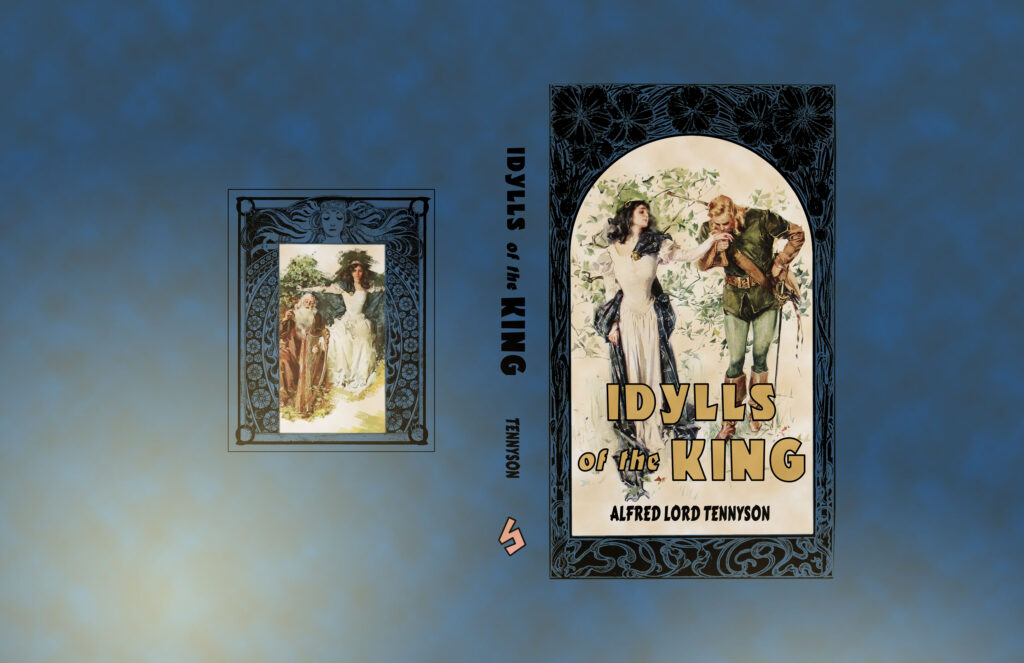
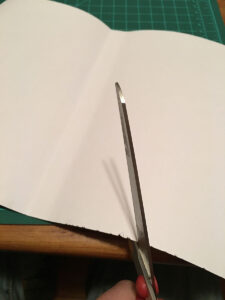
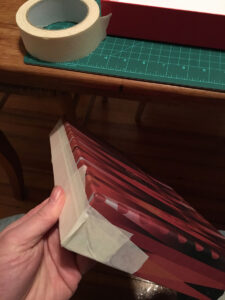
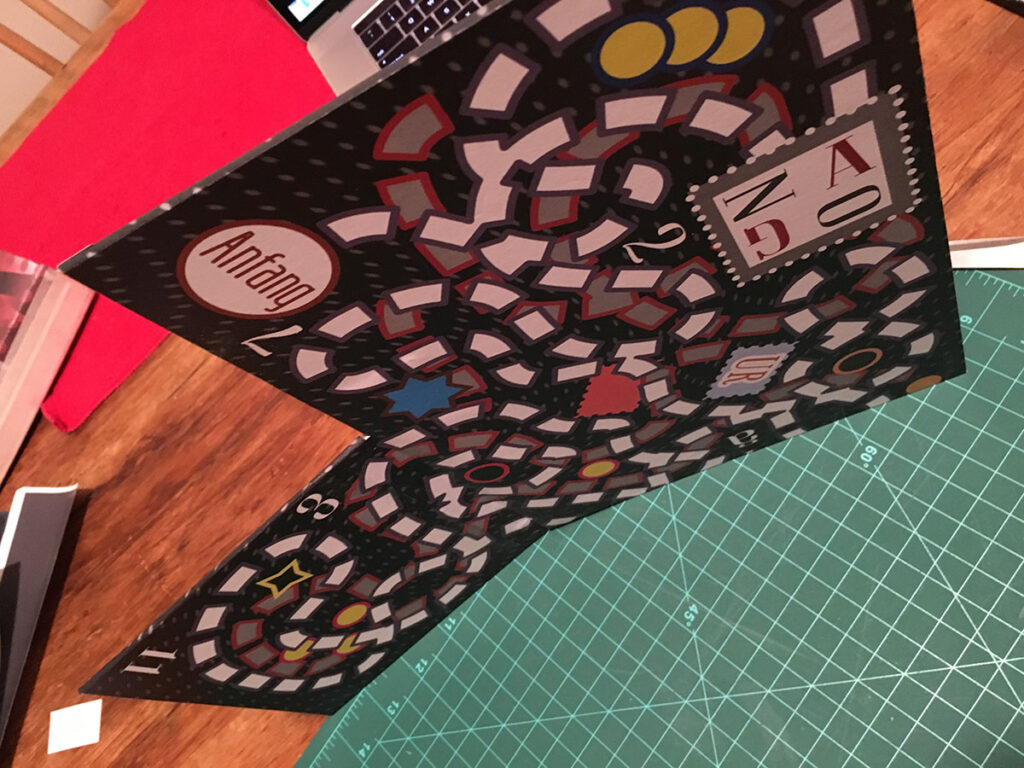
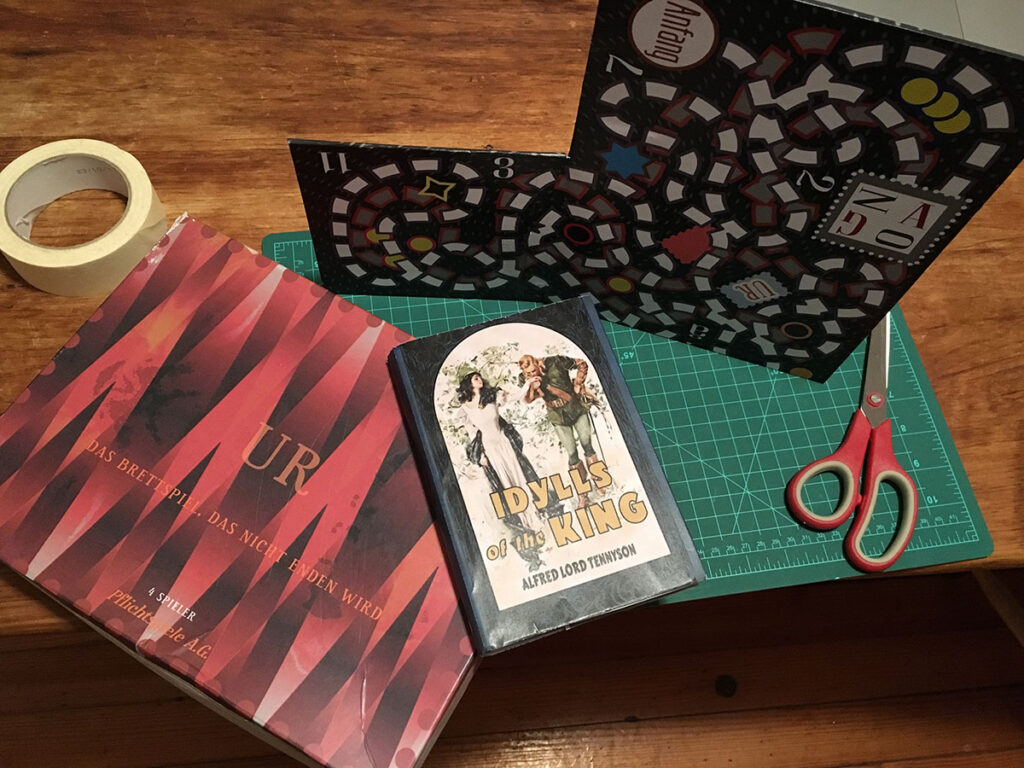
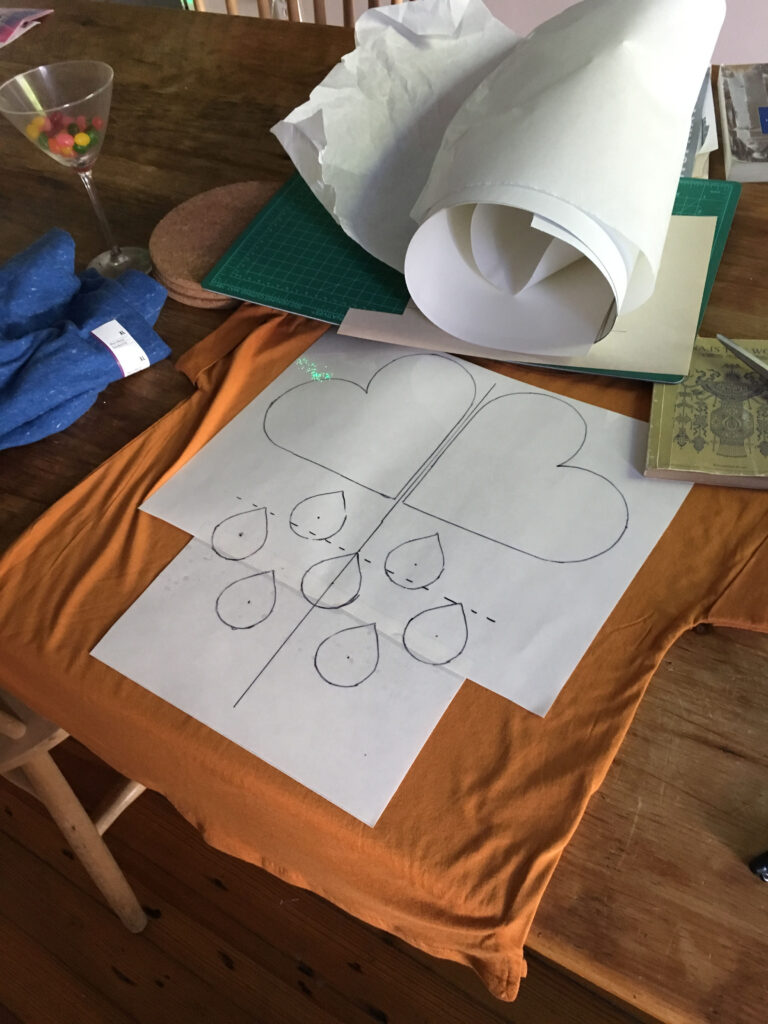
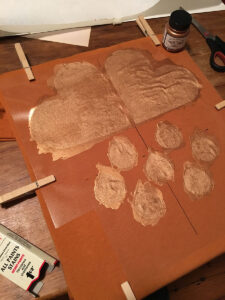
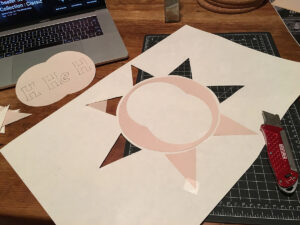
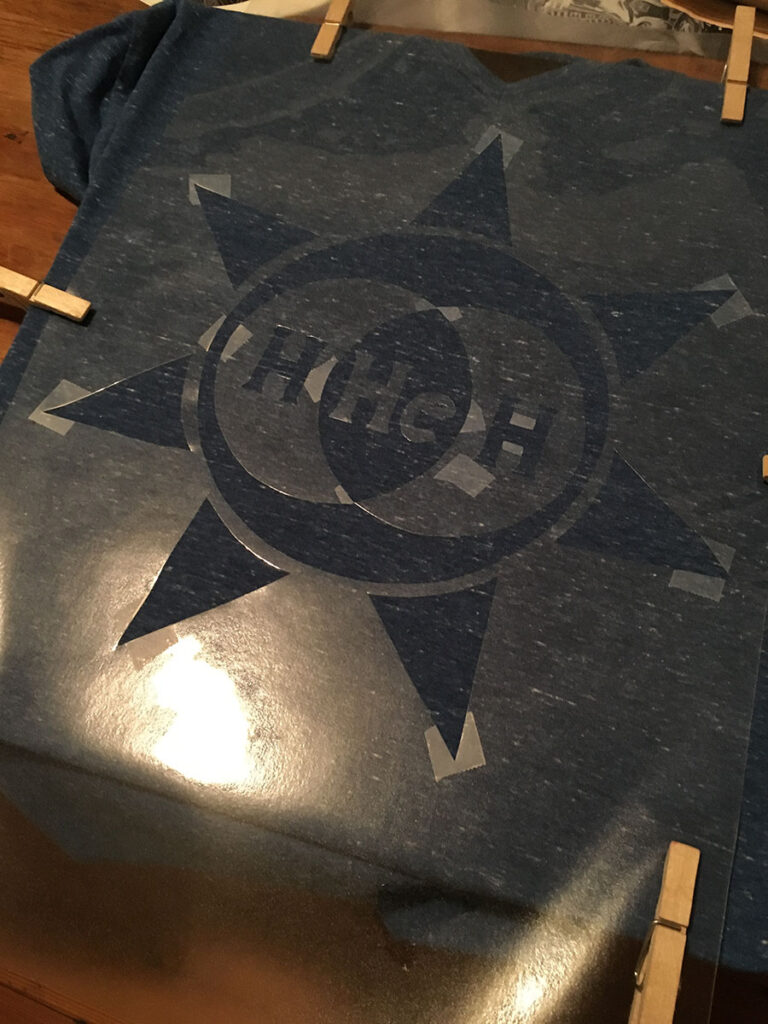
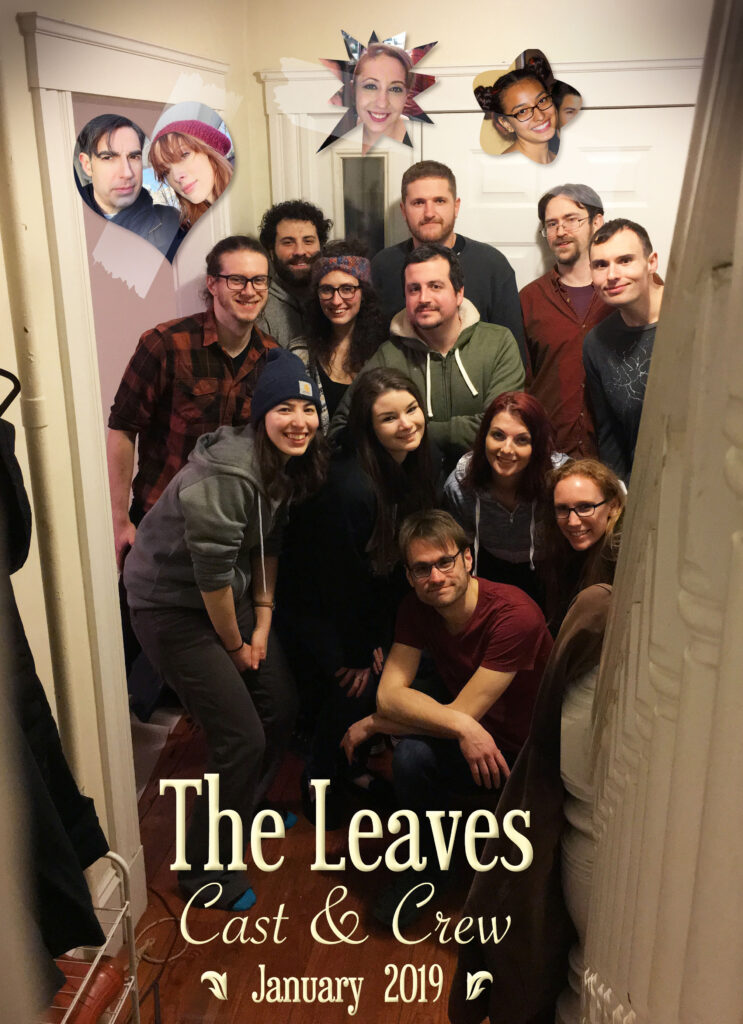
“Into every life a little rain must fall. For some this is a blessing, for some a curse, and for some it may be both in disguise. Meet Rama Rodriguez–account number 2425133, 4.2 stars, no accidents. A storm chaser in a late-model Honda Accord. But what is a surge when the surge never ends? For Mr. Rodriguez’s next pickup is flagged on an unmarked back road of an unnumbered census designation between Old Hither and Yon Terrace… in The Twilight Zone.”
“Say hello to Mr. Robert Patton, undertaking the most dangerous act that mankind has yet devised: stepping out of his front door. Because somewhere out in that angle of short memoried softwood and lost soccer balls lurks something not native to the crisscrossed streets of man’s housing-developed world. Something lean, and hungry. A creature wholly unknown to Mr. Patton’s cozy world, but attested to in numerous travelogues… from The Twilight Zone.”
“It’s a lonely vigil being the last knight and defender of the esoteric, even if only the corner-of-the-pub variety. Take a barstool next to your new old friend Matthew Blazek, topic expert. Tip one back and learn a thing or two, for it’s last call, and you may soon need both a stiff drink and a bit of advice–because this public house, along with you and its other occupants, are about to be transported to a time and a place that can’t be. A misremembering by the universe. An anachronism wrapped in a mystery, shunned to a quiet corner… of The Twilight Zone.”
“These two outlined, highlighted, tired eyes belong to Ms. Naomi Cabrera. Following the press of a button they’ve just slid off an instrument panel familiar to many of us: a brass oracle that’s long since taken the place of a man or woman in a hat, who once guided us up into the belly of a steel-boned, stone-clad, concrete beast. Did departed Romans pay their ferryman for his boat, or for safe escort? When the tower is alone, and angry, what revenge does it take on those tiny homunculi that circulate within? Naomi is about to learn, because she’s just pressed the wrong floor; a number between numbers, with a broken light; home to empty suites, the drone of air conditioners, and a small import/export concern with one other office… in The Twilight Zone.”
“Measure, tick the grease pencil and rack focus on one Eric Cheung. A man of his time, once conjured by two thin threads applied with a bit of spirit gum and a ‘comic’ accent. But the comedy masks, real and false, are not on the propman’s call list today. Our man’s sides specify a location well beyond the comfortable sets and Kino daylight; past the disused facades of once popular genres; past even the empty business offices of 90 year old hack writers and producers too cold to even meet with death in this town; through a parking lot, over an arroyo; somewhere in memory’s tall grass between the Ventura Freeway… and The Twilight Zone.”
“You’ve rolled past him on moving sidewalks at every wheel and spoke; half-watched as a dozen stewardesses poured him a thousand tiny drinks; maneuvered a bag between him and endless racks of tchotchkes that somehow serve only to make their emblazoned airport feel less like a definable location. Risk an extra minute in your boarding group, squint into the sunbeam, and you may just make out the tall form of Shlomo Harnas–citizen of the world, native to nowhere. Neither super spy nor wandering jew, just another mug trying to catch a codeshare to a little-trafficked field coded ‘H-O-M-E,’ with a connecting flight… through The Twilight Zone.”
“The Watchfire” is a deep time science fiction screenplay that plays as symbolist fantasy/horror, in the mode of Jack Vance’s Dying Earth, or films like Evolution, Innocence, and Sauna. Two 10-year-old girls guard a flaming beacon alone on a hill by the sea. One day a third child appears.
Concept art on the blog here.
At barely six pages, “The Watchfire” can be filmed on a modest budget with a small crew. This is a breakdown of how.
Three young actors are needed. The two “sisters” (the Dawn Girl and the Dusk Girl, age 10-12) will need matching long blonde wigs, and simple handmade-looking dresses matching their hair. One will need to memorize two long-ish blocks of text–to be recited as stories, not performed as lines–the other only one recital. They should be rehearsed together in the weeks prior to filming, with a focus on being comfortable and engaged with one other. The third (the Golden Boy, 10-12) will need a simple handmade “castaway” outfit of canvas and rope. He should be rehearsed separately. The childrens’ parents/guardians will need to sign off on some violence in the film, though very little that’s apparent to the actors on set. I won’t pretend to be an expert on directing children, but per Lenore DeKoven it’s best if the children are minded on set by someone other than a parent; children tend to have trouble focusing with a parent present. (Think home vs. school.) Limitations on shooting hours will have to be researched and planned for.
Filming will take place over a weekend. As I’m currently based in Boston, coastal Maine will be the most accessible shooting location, although northern California (near my sister) or the Swedish coast (near Denmark) would also work. The requirement is a temperate wooded area where the hills meet the sea. Shooting in Maine would allow me to save on accommodations by using the visitors’ apartment at my mother’s house. (Two of the kids even get bunk beds!)
Three filming locations will be needed:
The primary shooting location will need to be built in situ beforehand. It consists of a central object (the beacon) resembling a dead tree turned to stone, with eternal flames playing across its branches. Beside it sit two small pools of indeterminate depth. A ring of stones surrounds the beacon. The surrounding tall grass is trampled into a crop circle about 40 feet in diameter, with a second ring of stones marking its outer boundary.
A property owner’s back field would be ideal. The house can be quite close by, as long as it’s out of the shot. (A friendly house is also helpful for costume changes, bathroom breaks, emergency battery charges, craft services, etc.) Sync sound would be needed on this set, so proximity to a busy road is a no-go.
The beacon itself will be only partially built, to a height about a foot taller than the actors. The upper branches and flames will be created digitally in post-production. Practical lights will be hung from booms atop the beacon, to be covered over with CGI. Although the sisters enter and exit the pools in story, this can be largely faked with staging and cutting. Mylar sheets under a few inches of water may work to simulate much deeper pools. (The bottoms are never seen.) Tutorials for creating a crop circle with planks and ropes are easy to find online.
For the effects work, a chrome ball must be filmed with bracketed exposures at each setup on the beacon set, to generate an Image Based Lighting model. Instances where the actors move in front of the CGI tree elements will have to be hand rotoscoped.
A couple of brief scenes take place just outside the beacon’s crop circle. They’ll almost certainly need to be filmed elsewhere. No build. Sync sound won’t be needed. The scenes can probably be shot guerilla style near a public lookout.
The effects work here is largely subtractive: Removing any trace of civilization from the background. Towns, ships, square fields, vapor trails, roads, etc. will need to be painted out in a tracked travel matte. Elements the actors pass in front of will have to be rotoscoped out.
A single, relatively brief scene. No build. No sync sound.
The trick here is that Maine’s inshore waters are littered with brightly-colored lobster buoys. The best option may be to film near high tide in a cove with extensive mudflats. (Traps are set below the intertidal zone; the farther out the low tide line, the smaller and more distant the buoys, making them easier to paint out.)
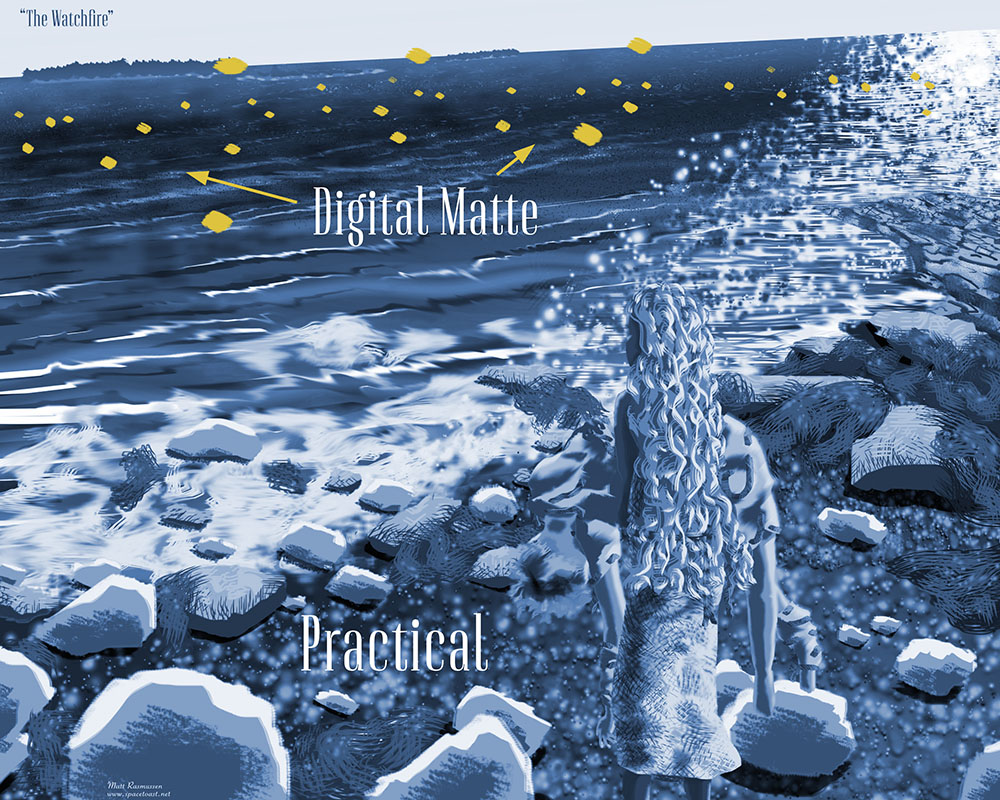
Establishing shots will present the same civilization problems. These will tend to be fairly static, and can be constructed as matte collages.
Special effects will be done by me in Fusion, which was our primary tool on “The Garden, 1910.” Unless I can secure some kind of residency, they’re likely to take a couple months to complete on evenings and weekend.
The project can be accomplished in about 3-4 months, start to finish.
Required personnel:
One of the germs of “The Watchfire” was a partial mishearing of Quicksilver Messenger Service’s 1971 song “Fire Brothers.” The mondegreen method seems about right, as no one can seem to agree on the exact lyrics to this song. Here’s my best attempt:
In the valley where the loons and lovers play
Lived two children who were born on Saturday
One was dark, one was fair
Fathered by the hawk, mothered by the mareStranger children you will never see;
Brothers of the forest and the sea
One was land, one was air
And they keptthetwo fires burning thereIn a golden vessel and silver vase
Kept them burning in that strange enchanted place
Kept them burning to the sky
For they knew someday the sun would die
Edit: After blasting this on real speakers, I think Steve’s right. Thanks, fire brother!
Her bare feet linger just within a crop circle bounded with a ring of stones. A second ring of stones lies closer to the center. In the middle, flanked by two small mirrored pools, looms the BEACON itself–taller than her, topped with a flame that isn’t fire.
A lone BEACON of light shines from the wooded hills above a shore untouched by man.
The DAWN GIRL (10) looks down from the hill, wringing her hands as the GLOW of the explosion below touches her face. She is fair with extremely long blonde hair, draped in a shapeless garment of the same color.
Dusk carries the body to the sea’s edge. She’s about to drop it into the tidal mud when, brow knitting, she leans in. A faint, regular CHIRP-like sound eminates from the golden boy’s mouth, like a ticking counter.